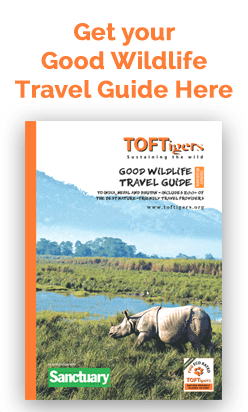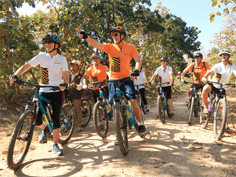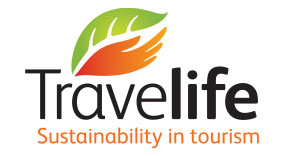Chambal Safari Lodge – Mela Kothi
National Chambal Sanctuary, India

Transformation of a 19th century heritage property into an eco-enterprise – a hub for nature and cultural heritage restoration
Mela Kothi – Chambal Safari Lodge is a shining example of how a heritage property can be transformed into a thriving eco-enterprise which is helping to restore and protect the natural and cultural heritage of a previously little-known area. Conservationists Ram Pratap Singh and Anu Dhillon have lovingly restored their 19th century family inheritance. Its surrounding 35 acres near the National Chambal Sanctuary have been transformed into a thriving habitat of woodland, pasture and water bodies. 198 species of birds, mammals and reptiles can now be spotted in and around the property.
Two International Bird Festivals in 2015 and 2016 hosted at the lodge with over 200 experts from 29 countries in 2016 have put the Chambal Valley firmly on the international conservation map to help secure its continuing protection. The lodge’s Chambal Conservation Foundation is playing an active role in providing intelligence on wildlife and protecting the gharial population, a critically endangered species.
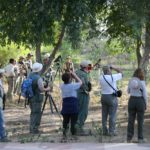
Read More
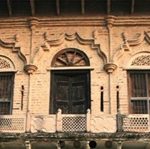
Mela Kothi’s enterprising efforts don’t stop there. Its Foundation was instrumental in getting nearby Holipura declared a heritage village. It played a key role in initiating the restoration of the Ater Fort and has developed a Heritage Management Plan for Bateshwar, a pilgrimate site, to help the sustainable development of this historic site.
A range of new businesses and livelihood opportunities for local communities have been catalysed with their support including dhabas (eateries), homestays and guided tours. Camel safaris are operated with the help of local camel-owners, marginal farmers who formerly used their camels for ferrying illegally felled timber. The lodge is also part of an innovative 207 km bicycle highway launched in 2016 as a tourism and social outreach project connecting 92 remote villages. A further enterprise initiative is under development for the community using local waste products (rags, paper and agricultural waste) to manufacture handmade paper and generate clean power. Most of the lodge’s 32 staff are local, three of them female.
LED or CFL bulbs throughout the property and star rated appliances are used to minimize energy. The purchase of local produce is a priority to reduce carbon footprint and support local enterprise. Water conservation measures are in place to complement the lodge’s rainwater harvesting, natural pathways and planting with indigenous trees and shrubs which help to replenish ground water.
Read Less

Putting birdlife on the international map and protecting gharials, a critically endangered species on IUCN’s Red List
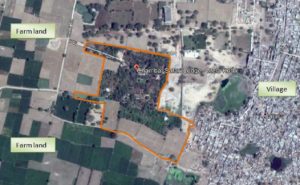
Read more about Chambal Safari Lodge – Mela Kothi’s Wildlife Conservation Work
More examples of good practice
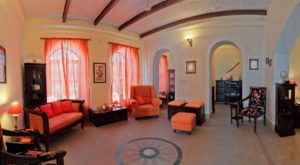
Heritage property restored; energy conserved through use of LED and CFL lights throughout and star rated appliances.
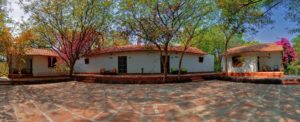
Guest accommodation built in traditional style using local materials. Trees planted throughout the site help to provide natural cooling.
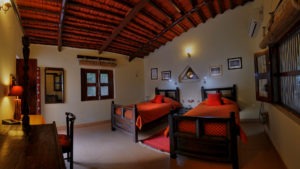
Locally sourced furnishings are used to reflect local cultural heritage.
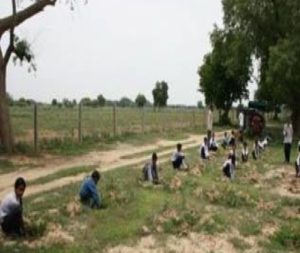
The lodge’s nine years of planting between 2006-2015 drew on indigenous trees and shrubs from their six-acre on-site nursery. In July 2007 alone, 10,000 saplings were planted with the help of 100 local participants.
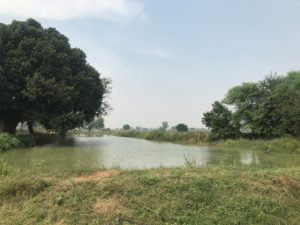
Water bodies created by the lodge harvest rainwater and aid pisciculture. Further habitat regeneration has been achieved through crafting check dams in ravines.
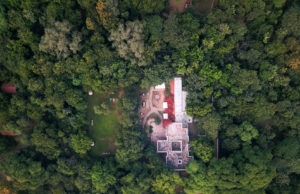
Restored landscape at Mela Kothi.
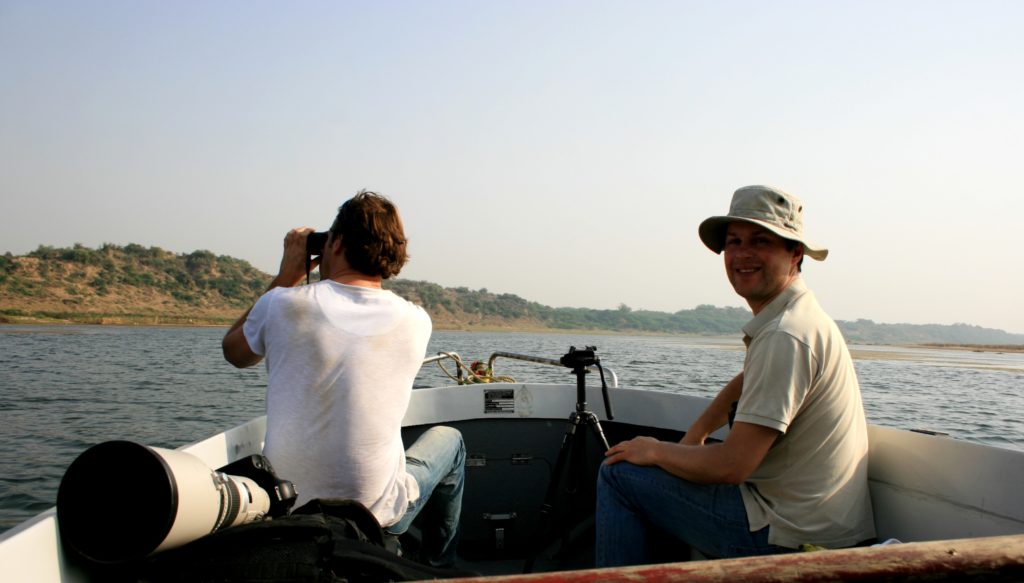
The lodge offers river safaris and nature walks.
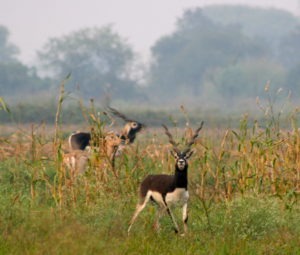
Black buck jeep safaris are also offered.
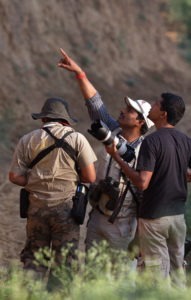
Birdwatching outings are offered with lodge naturalists on foot and by jeep to see the Sarus Crane Conservation Reserve.
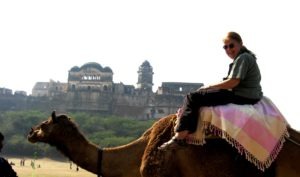
Camel safaris provide a livelihood opportunity for marginal farmers.
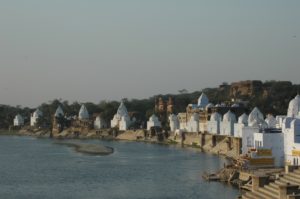
New enterprises have been catalysed in nearby Bateshwar for guest experiences and local livelihoods. Mela Kothi’s Chambal Conservation Foundation has submitted a Heritage Management Plan to encourage sustainable development of this historic site.
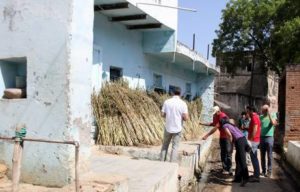
Nearby Holipura has been declared a heritage village with support from the Foundation and village tours by local residents catalysed to provide new livelihood opportunities.
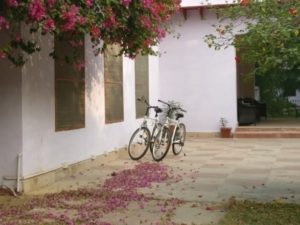
Bicycles are provided to enhance guest experience of the local area on a low carbon footprint.
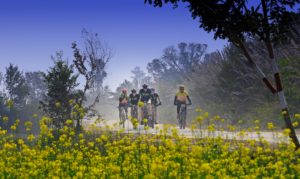
The lodge is part of an innovative 207 km bicycle highway providing a place to stay for cyclists; cycle excursions are also offered for those staying at the lodge.
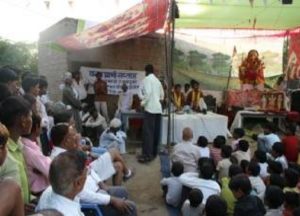
Regular health camps are organised for villagers.
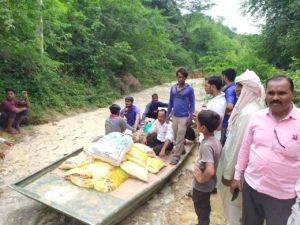
Boats and personnel are volunteered to help villages marooned during monsoon floods and relief materials are donated.
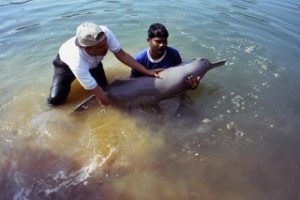
Participating in the state-wide Dolphin Census in 2012 and 2015, part of the lodge’s wider contribution to gathering intelligence on wildlife.
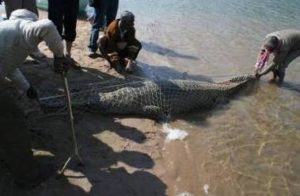
Support to the gharial crisis team was provided through their Chambal Conservation Foundation.
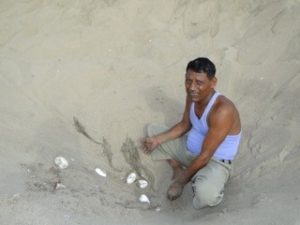
The Foundation provides ongoing support for census and conservation
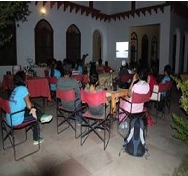
Presentation on World Turtle Day in the lodge to raise awareness.
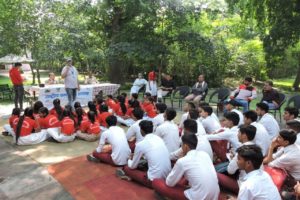
Wildlife Week celebration and awareness camp for students has attracted close to 20,000 children from Agra and rural schools since 2004.
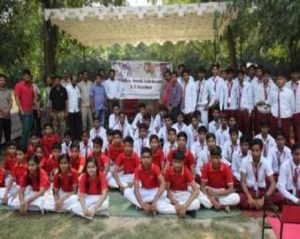
Conservation briefing for school students.
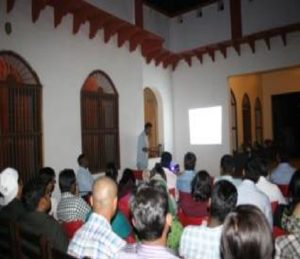
Forestry probationers training camp held at the lodge.
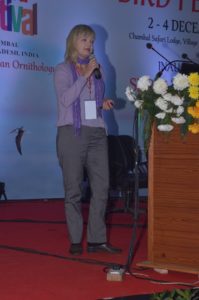
International Bird Festivals in 2015 and 2016 attended by experts from 29 countries in 2016 have put the Chambal Valley on the international conservation map.
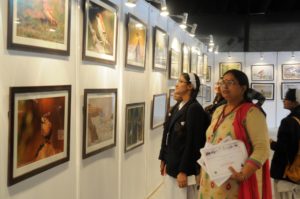
An exhibition of more than 200 photographs and paintings complemented interactive workshops and talks at the Festivals.
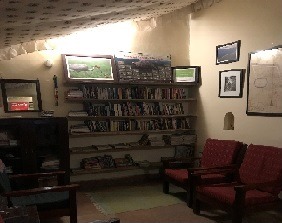
A well-maintained library within the lodge on the region’s natural and cultural heritage is provided to educate guests.
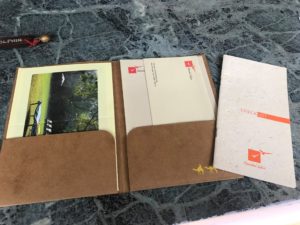
Guest briefing materials include a checklist of birds, mammals, reptiles and butterflies to look out for.
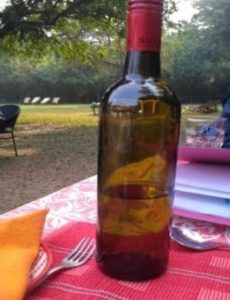
Wine bottles are used as water bottles in the dining area to reduce plastic waste. Reverse osmosis purified water is provided to guests.
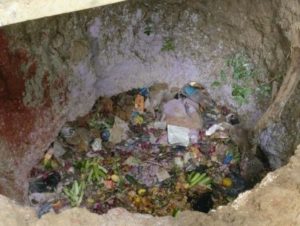
Waste is segregated around the property into biodegradable and non-biodegradable waste with well-maintained composting pits for organic waste.

Portable solar lighting is used to reduce energy consumption; LPG is used as fuel for cooking instead of wood. Solar lamps, torches (flashlights), and candles are provided in all the rooms.

Guests are encouraged to conserve water.

Aerated water taps, low-flow showerheads and dual-flush systems are used to conserve water.

Refillable ceramic bottles are used for herbal and bio-degradable toiletries in the washrooms.
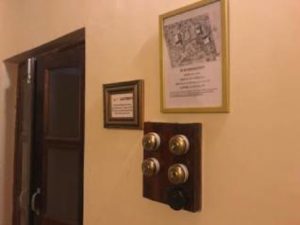
An emergency exit plan is provided in each room.
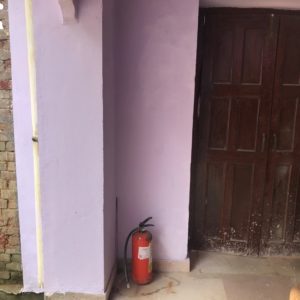
A fire extinguisher is provided by the chemical store room.

Noise-free and less-polluting diesel generator sets have been installed to ensure control of noise pollution and emissions. The generators are not used when there are no guests.

